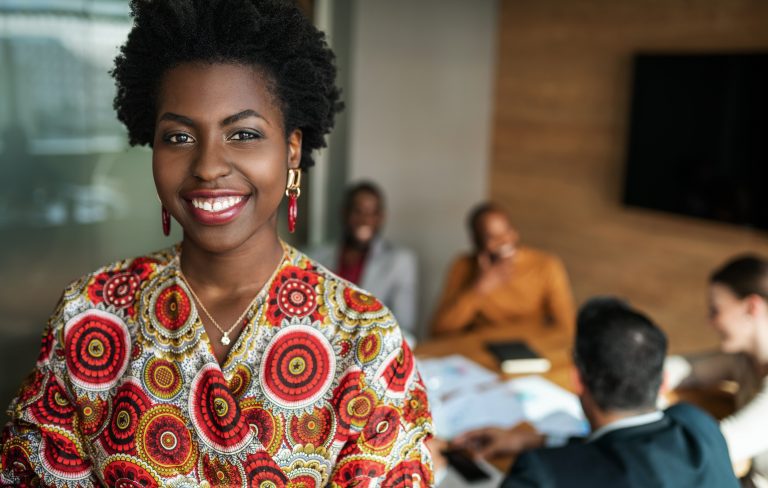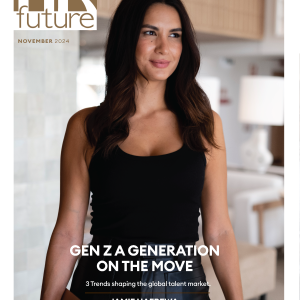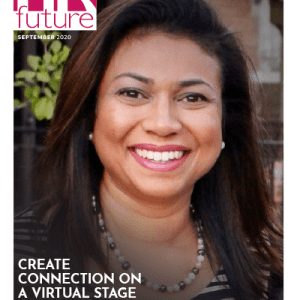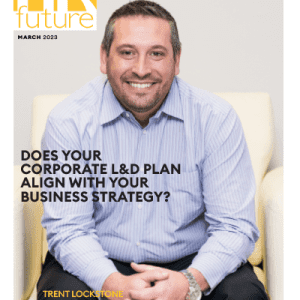Value in the form of quality interactions and ethics are the biggest priority for consumers in 2019, and this will shape how companies design solutions, deliver services and communicate.
Value over noise
The rise in mental health issues related to the ‘always on’ consumer mentality, has compelled companies such as Apple and Google to launch tools to monitor the amount of time we spend glued to our screens while Windows is minimising distraction. Companies such as Mindful Technology have flourished by creating values that highlight the importance of human connection over device connection.
As humans we want focus, connection and ultimately value. We want subtlety, and companies that shout to get our attention will no longer have the best gains. Products and services need to focus on user needs in a holistic way, while being respectful of the eco system in which they’ll exist for users.
Our advice is to:
• Minimise the cognitive effort required by users to interact with your products;
• Focus on creating content that adds value incrementally rather than regularly;
• Realise that a lower response rate requires less communication, not more; and
• Rethink your feedback strategy, and make this as simple as possible for consumers.
Valuing our resources
There has been a massive shift in recent years regarding the drive to go green, encouraging consumers to be more environmentally conscious. This has set off a cultural shift, from people believing they can’t do anything as the problem is too big, to people making it their personal mission to make small changes, one reusable straw at a time.
Products and services will need to place sustainability at the centre of all business, in order to win the trust of the consumers, who have been empowered to take a stand. The ethics economy expects businesses to take political and ethical stances into consideration above their bottom line, which means businesses are more cognisant of the way they engage and operate and the impact this has on environmental and economic issues.
Dell is one of the leading companies in this space, placing recycling at the heart of their design process. Similarly, The manufacturing process of Nike flyknits generates 60% less waste than that of comparable trainers, and this is a differentiator that will undoubtedly benefit their sales. Within Unilever, sustainable brands deliver 70% of the company’s growth and see 50% faster growth than the brands that aren’t.
Our advice is to:
• Tell stories that showcase the difference you’re making;
• Collaborate to gain quicker traction;
• Reuse waste from physical products to generate wealth; and
• Focus on reverse logistics, maintenance, repairs, end of life and alternative materials.
Inclusivity, the right way
Access to communities has meant that previously underrepresented individuals have really come to the foreground in 2018. Companies are eager to reach out to these previously excluded groups which is important, but not without its own issues.
By trying to be inclusive to a specific market segment, companies could unintentionally exclude a different market segment. Similarly, by trying to be too specific for individuals, the messaging could be a bit off for the collective.
Segmentation has moved beyond age, location, gender, etc., and now focuses on values, motivations and mindsets, something we as a human centred experience design practice love. This means that for products and services to succeed, qualitative research needs to carry more weight than mass scale quantitative research. Why you may ask? Well simply, while the numbers may be accurate, they provide little to no insight on human behaviour.
Artificial intelligence can be used to help companies determine the emotive messaging needed for each consumer, and Hotels.com is using this to fine-tune their messaging. They leverage Persado’s machine learning algorithms to understand how people react to what they’re reading. This understanding helps them reach higher levels of engagement, which speaks to the value of inclusivity when executed well and on a personal, tailored level.
Our advice is to:
• Remember that users are individuals who no longer fit traditional segmentation models;
• Compliment your quantitative research with qualitative research to get true insight into human behaviour; and
• Be nimble; realise that as the mindsets of users change, so too does their expectation of you, and you will need to evolve accordingly.
What trends do you believe we’ll see in 2019, and which ones excite you most? From our team’s experience design practice, we’re excited about the role that design can play in revolutionising the problems at hand, more so than in the last few years.
Leigh Whiting is the Experience Design Lead at Decision Inc.

























